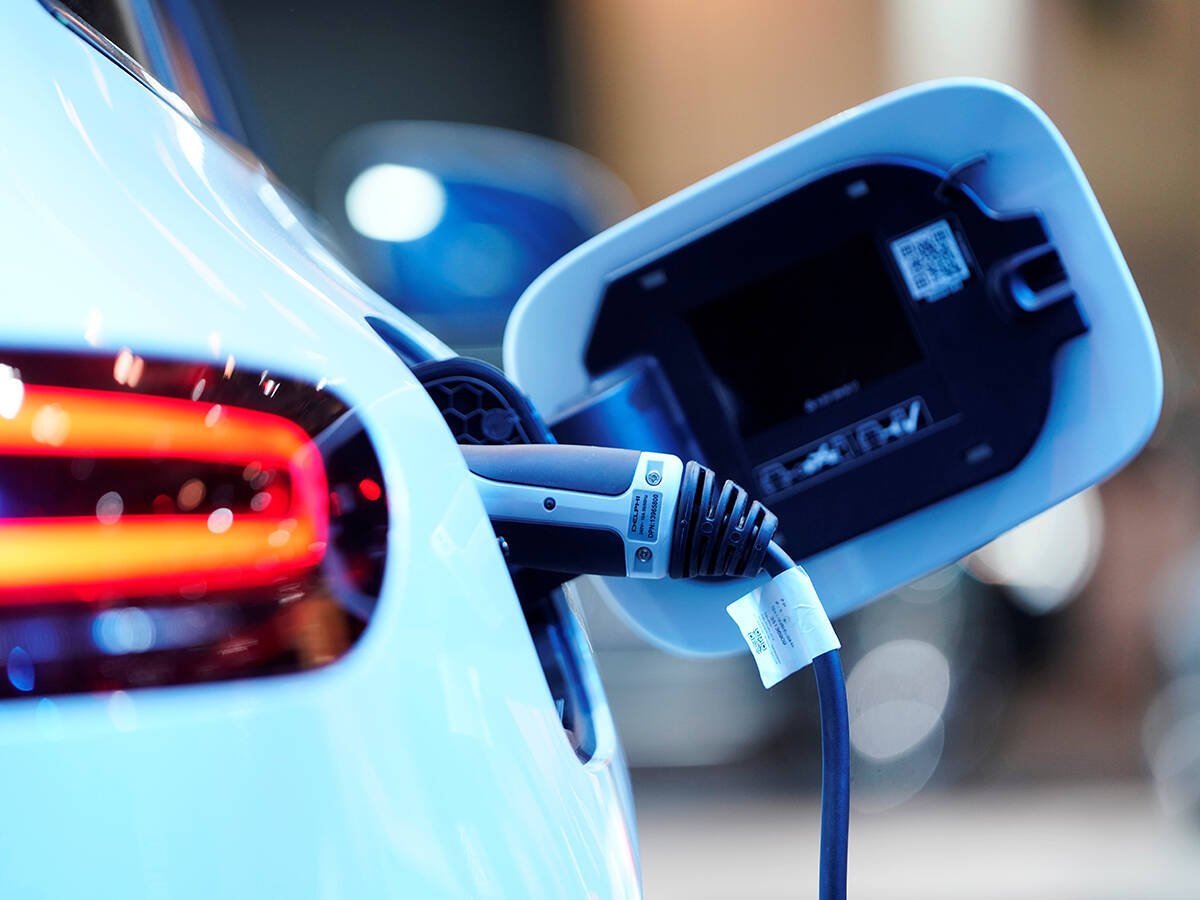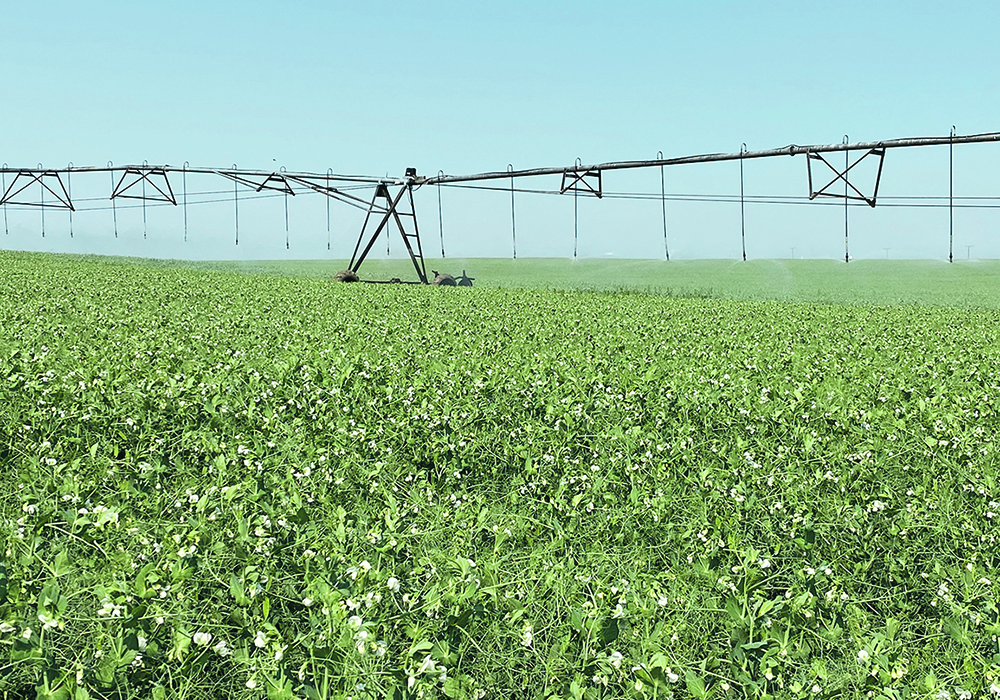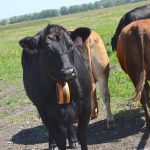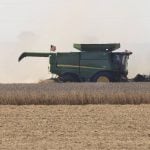Work to date on the $4 billion Saskatchewan project has included consultation, soil sampling and preliminary design
The proposed irrigation expansion at Lake Diefenbaker is far from shovel-ready and the project is moving more slowly than some irrigators would like.
Several attending the Irrigation Saskatchewan conference last week wanted a firm timeline on when work would be done.
Dwayne Gelowitz from Clifton Associates, speaking on behalf of the three engineering companies serving as prime consultant for the first phase, said there is a lot being done but timelines are uncertain due mainly to regulatory processes.
The $4 billion expansion was announced in July 2020 and expected to take 10 years. Work to date has included consultation, soil sampling, and preliminary design. The other companies involved as prime consultants are Stantec and Associated Engineering.
Read Also

Why feds imposed EV tariffs
Moe and Kinew have a fight on their hands when it comes to eliminating the EV tariff. Canada has to worry about pissing off the U.S. and Mexico and hundreds of thousands of auto workers.
The first phase includes rehabilitation of the Westside canal, which was nearly completed in the late 1960s and then abandoned when government changed.
About 42 of the Westside canal’s 45 kilometres were built and the substructure and floor were constructed at the Coteau Bay pump station.
In the 1980s, the Macrorie Irrigation District refurbished about 23 km and installed small pumps at the station to move water to about 3,000 acres but the rehabilitation would push that to 80,000 acres.
Currently, about 110,000 acres are irrigated from Lake Diefenbaker, and the full proposed expansion would take that to 455,000 acres. The second part of Westside would be an expansion to the north, and the final phase would be the Qu’Appelle South project.
Gelowitz said he couldn’t offer irrigators significant details because so much remains unknown.
He said times have changed since the original project was conceived. Originally, the flood irrigation method was to be used but now sprinkler irrigation is more prevalent.
“The rehabilitation project is being redefined as we go, but it primarily comprises what was envisioned from the original development plans in the late ’60s,” Gelowitz said.
The capacity of the Coteau Bay pump station is one of the proposed updates. Capacity is currently planned to be 120 cubic metres per second. However, the station was originally designed at 21 cu. metres per second.
An expansion pump station for Westside will include 10 pumps each working at 12 cu. metres per second.
“That’s almost 3,000 gallons per second per pump, so that’s a fairly large flow and certainly the power requirements to run this facility are significant,” he said.
Gelowitz said erosion protection and other considerations are involved in moving water at higher speed.
Moving water through pipelines rather than open canals is preferable but not always possible and current best standards can be included in the initial design, he said.
The design also must include numerous rail and road crossings on hundreds of kilometres of canals.
Gelowitz said it’s still not known whether the project will have to go through a complete federal environmental impact assessment, a provincial assessment or none at all, but he said everyone is proceeding as though one will be required.
Gelowitz said the environmental processes will dictate the project timelines because a federal assessment will take years. Current work is looking at amphibians, birds and terrestrial animals, he said, and there will be impacts on fish at Coteau Bay.
“When you’re talking about drawing in 120 cu. metres per second, there’s screening requirements, there’s impacts on fisheries, construction impacts. Those are all being assessed to determine what the requirements for the project will be to protect the environment and to meet the standards that are expected of this project.”
Heritage concerns include undisturbed native prairie, valleys and water bodies. All have to be addressed, Gelowitz said.
Although the first phase is a rehabilitation project it may or may not need to follow different environmental processes than the expansion projects.
Other considerations are impacts on supply, maintaining lake levels, potential effects downstream at the delta at Cumberland House, Sask., and climate change.
Federal regulations around navigable waterways, department of fisheries and Transport Canada are all in play as well.
One concern has been power supply and the impacts on the Coteau Creek hydropower station if lake water is taken out for irrigation. Officials have said there is more than enough water for all current users.
He added all these components add up to uncertain timelines.
Asked by one farmer for his best estimate, Gelowitz said he expects everything will come in phases.
“The final engineering will probably be phased as will the project. We’re not going to see complete design of the rehab and of the expansion all at one time,” he said.
















